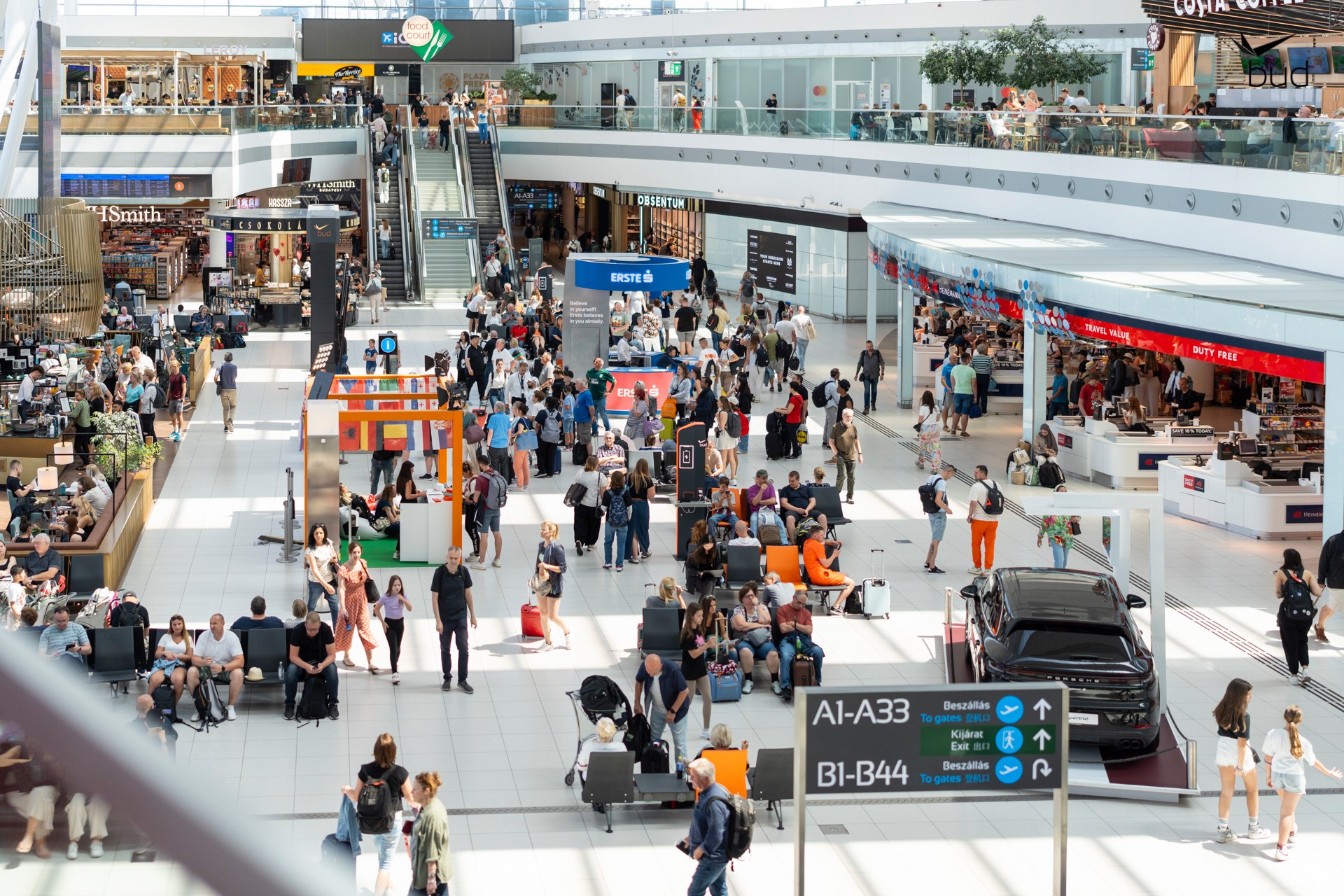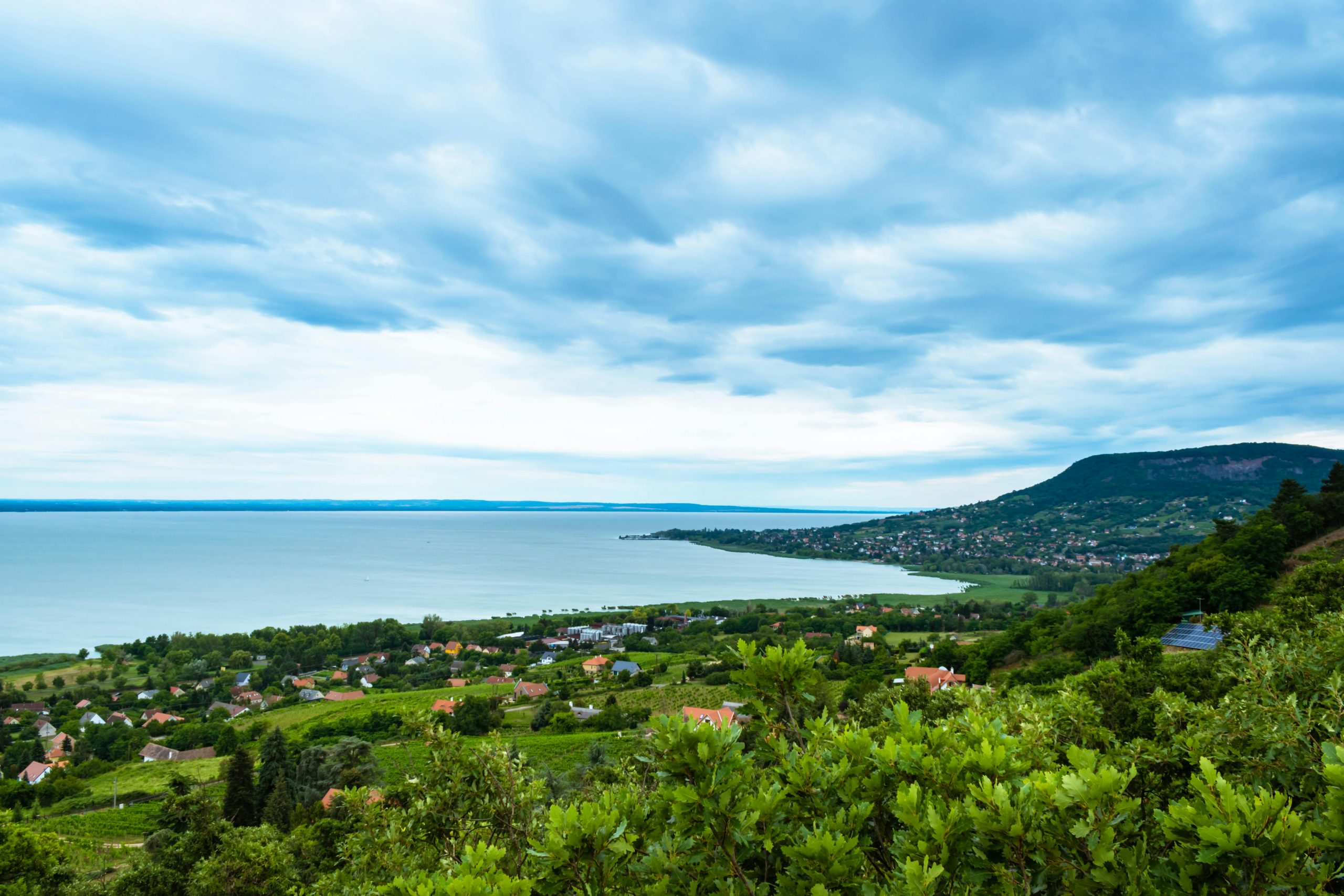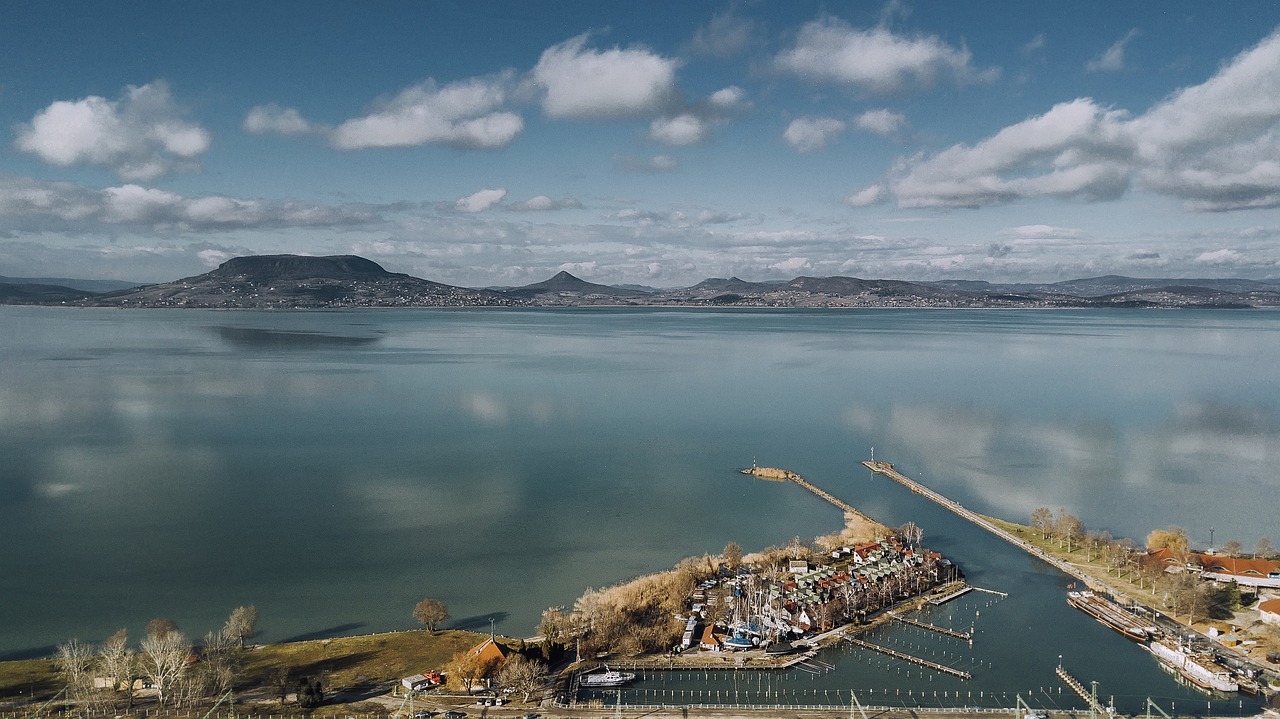
With the majority state ownership, the airport's performance has continued to grow.Continue reading

We are already seeing the results of this year’s peak tourism season, which have not disappointed, according to MBH Bank’s sector outlook. The sector contributes more than 10% to Hungary’s GDP, supporting directly and indirectly the livelihoods of 400,000 people. In addition, the past 4 years have been challenging for companies, but the number of overnight stays could now exceed the pre-COVID levels, points out Világgazdaság.
Flóra Horti, Senior Sector Manager at MBH Bank’s Analysis Center, confirmed that the performance of the tourism sector worldwide is close to pre-pandemic levels, with the sector contributing 9% to global GDP last year and 10-11% this year. Greece’s share is higher at 20%, while Germany’s is 9%.
In Hungary, 7 million tourists visited the country in the summer.
The government’s target is to increase tourism’s share of GDP to 16% by 2030, requiring 50 million overnight stays a year, which is why the focus is on airport development.
In July, the number of foreign travelers increased by 11%, while the number of domestic travelers decreased by 0.5%, and the number of overnight stays increased by 2% on a year-on-year basis. Tourism is expected to reach pre-pandemic levels, helped by rising real wages, spending on SZÉP cards (popular Hungarian fringe benefit) and a normalization of inflation. Traffic at Budapest Airport is also up, by almost a fifth, and is well above pre-pandemic levels on an annual basis.
The slight decline in domestic overnight stays is the result of tourism abroad, with Croatia and Greece among the destinations still popular with Hungarians.
Hungarians spend 4% of their average annual salary on domestic holidays and 5% on holidays abroad. Budapest is the most popular destination among foreigners, while the area around Lake Balaton remains the most popular among Hungarians, said Flóra Horti. She added that long weekends are more typical, with holidaymakers booking accommodation shortly before their trip.

Lake Balaton. Photo: Pixabay
The EU trend in the hospitality industry is a labor shortage. The number of catering establishments is declining, down by 2,000 in a year (mainly in Budapest and Békés county), but there are still 6,000 more than in the year of the pandemic. Energy prices and the forint-euro exchange rate are also challenging.
Tamás Kelemen, Director of ProductManagement at MBH Bank, pointed out that SZÉP cards are the most popular fringe benefit in Hungary, with accommodation and catering being the two areas where people spend the most.
The number of cardholders has increased again this year, with nearly three million people using the card.
July-August is the most popular time for Hungarians to travel, essentially the peak season. Most people take a 4-7 day holiday, and 80% of them finance their savings from savings rather than loans.
When abroad, a large proportion of purchases are made by credit card, but many people do not even carry all their credit cards, as mobile phone payments are on the increase. However, when renting a car or booking accommodation, people often ask for a physical card, noted Tamás Kelemen.
Via Világgazdaság; Featured image via Pexels